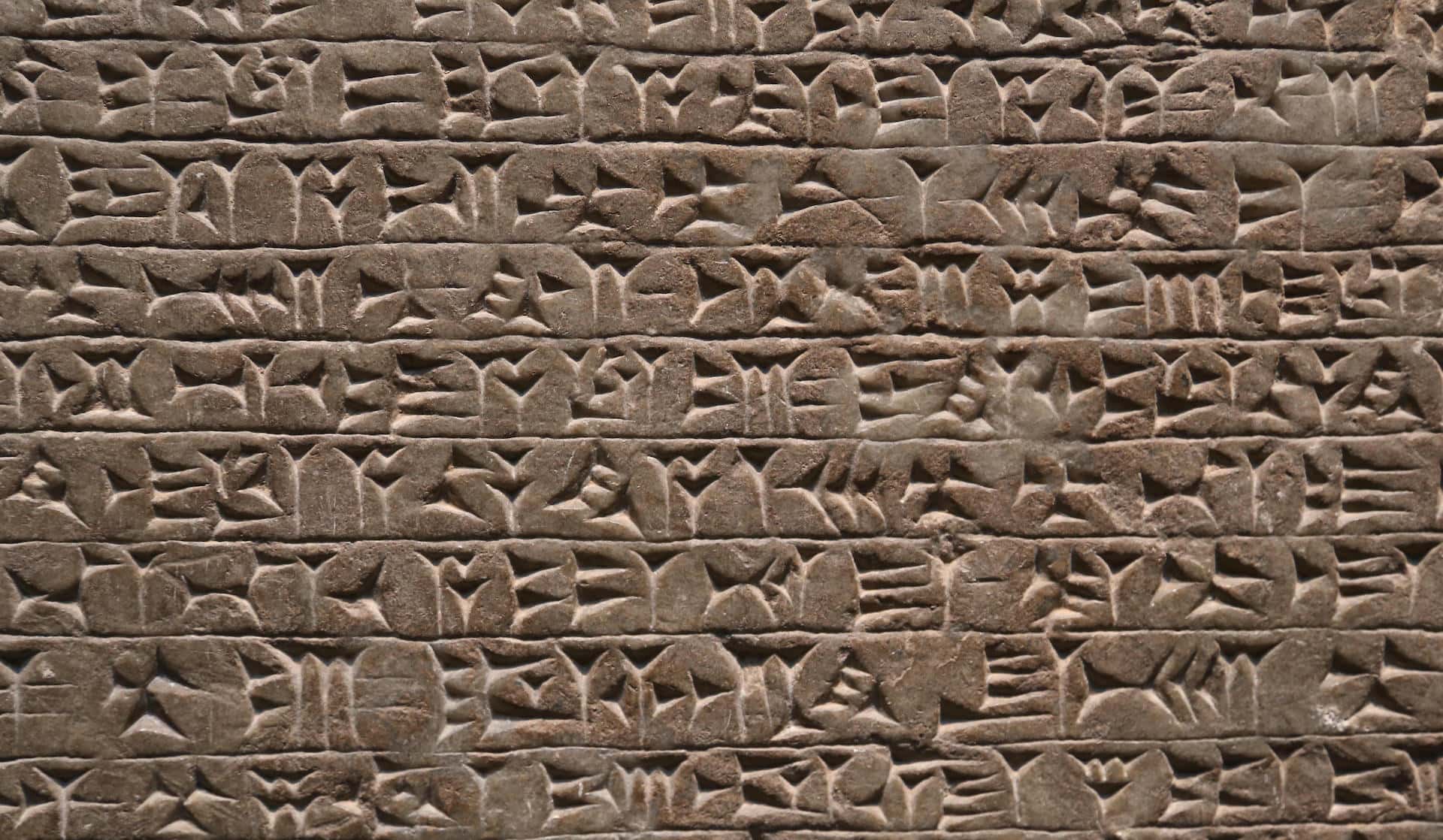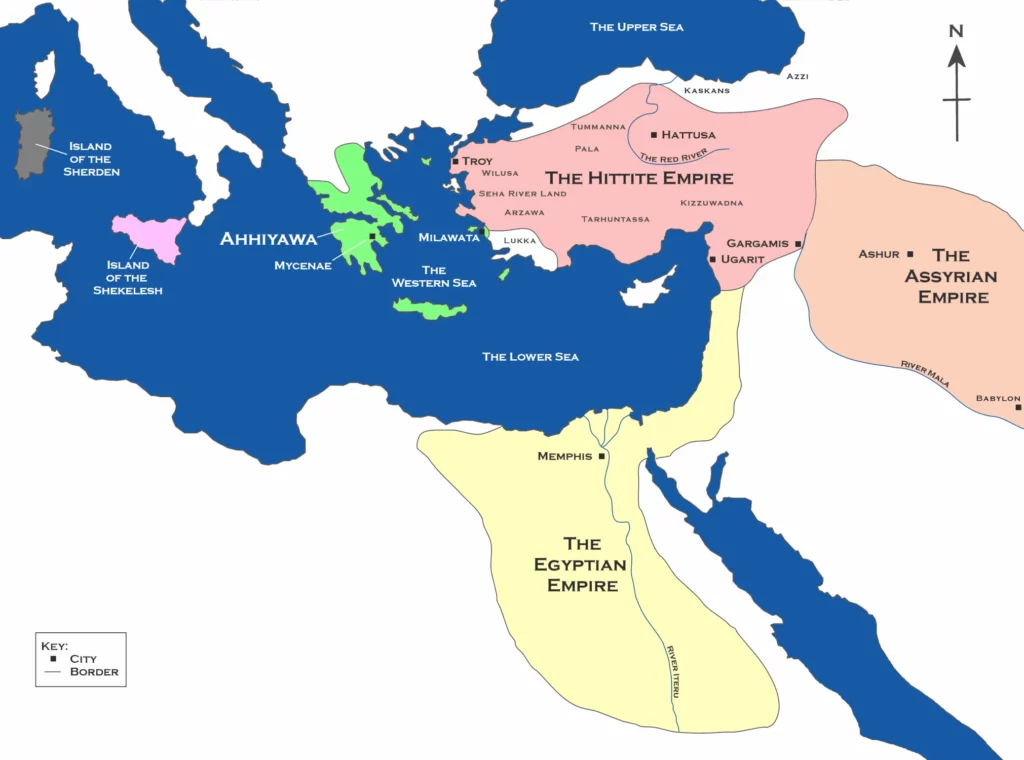
A lost language has emerged from the depths of history, etched onto a Bronze Age clay tablet unearthed in Turkey. This discovery, unveiled by researchers from the Julius-Maximilians-Universität Würzburg in Germany, opens a fascinating window into the past, shedding light on the intricate web of human linguistic evolution.
A glimpse into early Indo-European languages
The lost language recently unveiled belongs to the vast Indo-European family. This linguistic family encompasses hundreds of related tongues, all believed to share a common prehistoric ancestor.
Astonishingly, nearly half of the world’s population speaks an Indo-European language today, with their native roots stretching across Europe, the Iranian plateau, and the northern Indian subcontinent. This diverse family includes familiar languages like English, Hindi, Spanish, French, Russian, Portuguese, German, Punjabi, and Bengali.
Archaeologists first discovered a ritual text inscribed on a tablet at the UNESCO World Heritage Site of Boğazköy-Hattusha in Turkey’s northern Çorum province. This site, once the capital of the Hittite Empire during the Late Bronze Age (circa 1650-1200 B.C.), is known for its treasure trove of artifacts and historical secrets.

The German Archaeological Institute (DAI) has been meticulously excavating Boğazköy-Hattusha for over a century, unearthing an astonishing 30,000 clay tablets. These tablets have provided invaluable insights into various aspects of Hittite life, all inscribed in cuneiform—a script considered to be the oldest known writing system, originating more than 5,000 years ago in Mesopotamia.
Echoes of Lost Tongues
Most of the inscriptions found at Boğazköy-Hattusha are in the extinct Hittite language, the oldest known member of the Indo-European family. Other languages, such as Luwian and Palaic, also make appearances on these ancient tablets. However, the real intrigue lay in excavations from 2023, spearheaded by Professor Dr. Andreas Schachner of DAI’s Istanbul Department.
The team unearthed a recitation of an mysterious, previously unknown extinct language hidden within a cuneiform tablet. This tablet, bearing a ritual inscribed in Hittite, referred to the lost tongue as the language of the land of Kalašma—a region believed to correspond to present-day Bolu or Gerede in northern Turkey.
“The Hittites were uniquely interested in recording rituals in foreign languages,” remarked Daniel Schwemer, head of the Chair of Ancient Near Eastern Studies at Julius-Maximilians-Universität Würzburg.
Despite this remarkable find, the newfound language remains largely unintelligible. However, Professor Elisabeth Rieken from Philipps University of Marburg, Germany, an expert in Anatolian languages, has confirmed that the Kalašmaic tongue indeed belongs to the Indo-European family judging from its features.
Kalasmaic also seems to share more features with Luwian, although the region where it is thought it was spoken is geographically closer to the area where Palaic was spoken. Next, the researchers will try to investigate how closely Kalašmaic is related to other Luwian dialects.









